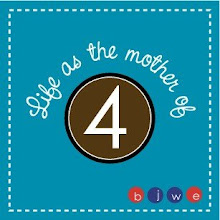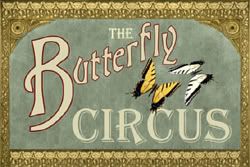There is a learning curve in Autism. Some people, bless their hearts, hit the road running and do more in the first month than most of us do in the first year. Unfortunately, that was not me but I have learned a few things over the last few years.
1. If you suspect something is wrong act immediately; don’t let you doctor or friends talk you into waiting. Contact Early Intervention for an evaluation if your child is younger than three. An appointment with a developmental pediatrician is a good place to start if you’re not sure what is wrong. Often there’s a waiting list for evaluations, so sign up as soon as you can.
2. A diagnosis is important.
3. The squeaky wheel gets the grease. Generally, people go into special education because they care about helping kids with disabilities. However, there are limited resources available.
5. Not everyone knows what they are talking about -- be that therapist, parent, doctor, advocate, etc. (A parent I know was advised by her advocate to request irrational things for her son. The school district asked the parents to go mediation!)
6. But be open to listening to everything. Some things the mainstream thinks are ridiculous ended helping my son the most.
7. Educate yourself – don’t depend solely on others. Read books on
8. You will have to make sacrifices.
9. Remember that no school or program is perfect.
10. Things will eventually get better.
Helpful Hints
#1. Make sure there is not a medical reason for a behavior before trying to change it through therapy. Many behaviors that are considered stims or “autistic behavior” actually result from gastro-intestinal pain or other physical ailments that are not addressed because the child is autistic.
#2. Libraries are fabulous. I usually check out books rather than buy them.
Conventional Therapies I have used (there are many more):
Applied Behavior Analysis (
I’ve heard complaints that it creates robots or robotic responses. I believe that it gives the child a template to follow, and then as he is capable he can expand his response.
40 hours a week can lead to recovery for some children.
What is
Reference
ABAI Website
How to find a Board Certified Behavior Analyst (BCBA) in your state. Look in the registry.
Speech Therapy: It’s very important! Get a lot.
Social Stories: These can be very helpful. I write them for significant events like moving, going on a vacation or to address behaviors like pinching or why using the toilet is important. Carol Gray has written a short helpful book explaining the theory behind social stories and how to write one. I use Mayer-Johnson Pictures with my stories.
Books about social stories
Picture Schedules: These can be useful to help a child understand what is happening next and to promote independence.
Activity Schedules: Activity schedules “teach autistic youngsters to follow words, pictures, or other nonverbal prompts to complete all varieties of tasks.” We used one to teach Will leasure activies to replace non-functional behavior -- stimming. William now chooses the activities he will do with his ABA therapist.
Activity Schedules for Children With Autism: Teaching Independent Behavior
Augmentative Communication:
I think PECS are more functional. It doesn’t matter if a child is signing water if no one understands what they’re asking for. But that child could hand anyone a sentence strip or picture requesting water and be immediately understood. Few people sign and if that’s the only way the child communicates he is even more isolated and what’s worse isn’t always reinforced for communication!






